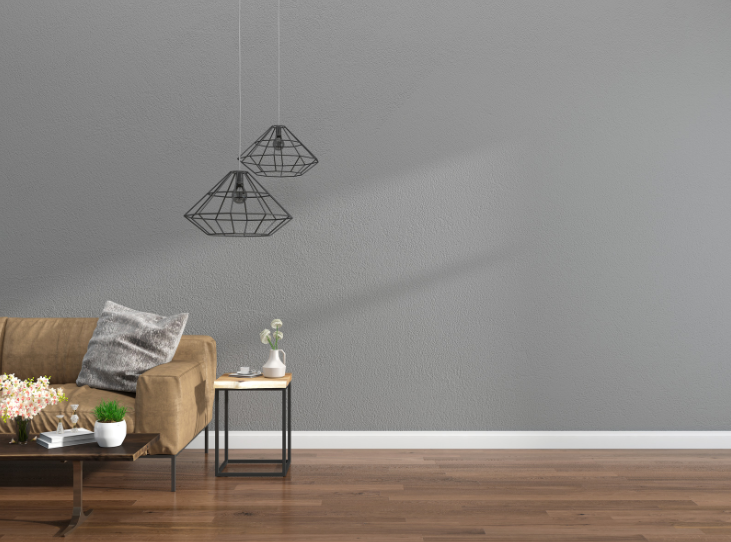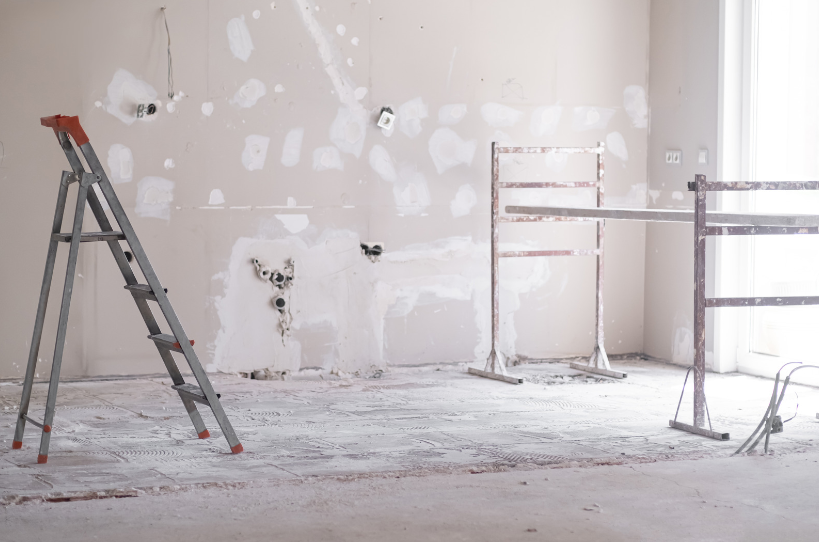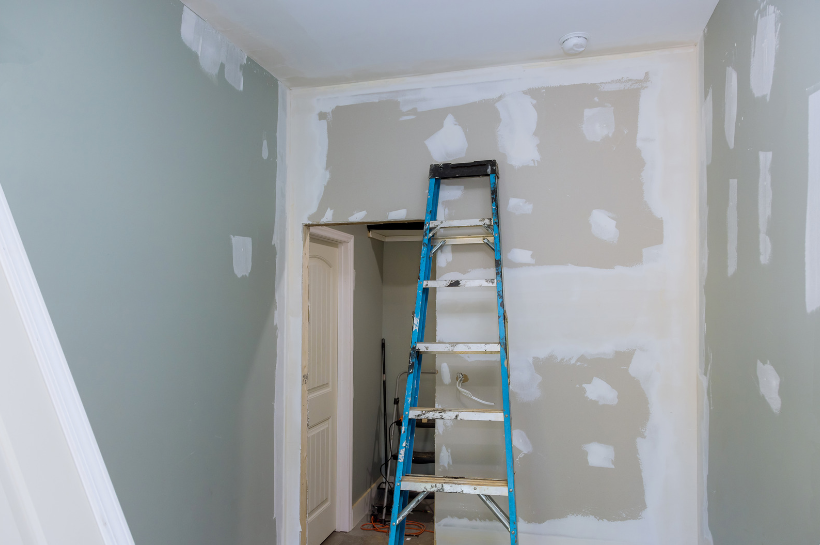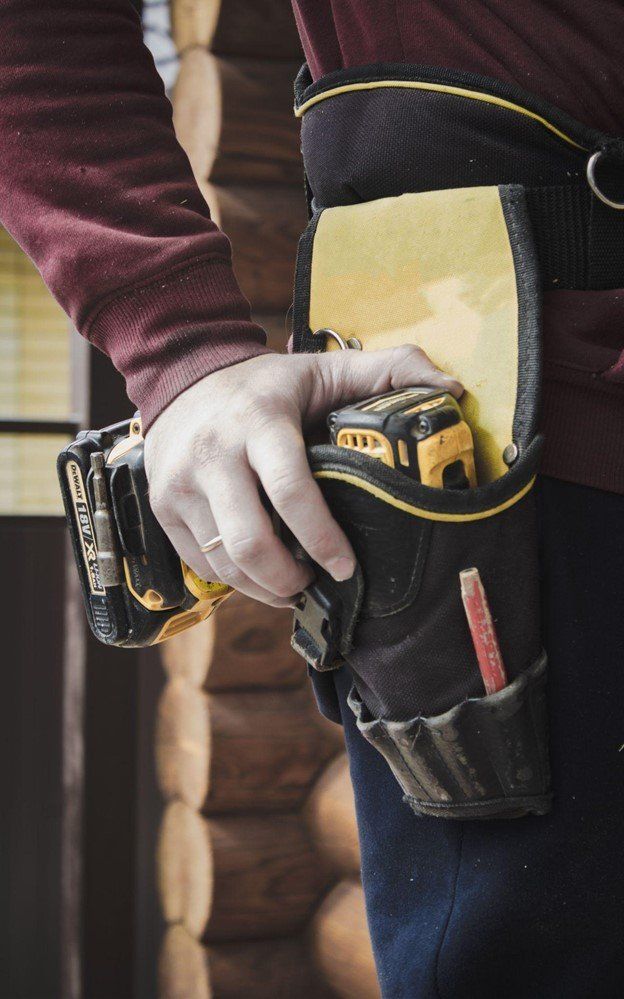How Much Does Drywall Cost?
How Much Does Drywall Cost?
Before beginning any remodeling project, you should have a good idea of the cost of the project. Nothing is worse than being halfway through a remodel and realizing that you don’t have the funds for the last few items. Fortunately, when it comes to the drywall portion of your project, costs are fairly easy to estimate. You need to make a couple decisions and take a few measurements, then a few simple calculations will give you a good estimate of how much your drywall will cost.
The first decision you need to make is who will install the drywall. Small projects can often be accomplished by a reasonably skilled DIYer, but larger or more complicated projects are generally best left to professionals.
Professionally installed drywall will generally cost you around $2 per square foot. Installing drywall yourself does not have a monetary cost, but you should still be sure that you have the necessary time and skills to successfully complete the job. If you realize halfway through a project that you are in over your head and need help, you will not save any money and will have wasted a good amount of your time!
The cost of a drywall project is also directly related to the type of drywall used. A standard 4’ x 8’ sheet of drywall will cost between $10 and $20. Specialty types of drywall can cost more, but may be well worth the cost for the long term benefits they provide. If you are installing the drywall yourself, you also need to budget for tools and supplies. A roll of drywall tape will cost approximately $5, and a bucket of drywall mud costs $5 to $9. The screws or nails to secure the drywall will range in price based on the type and number of fasteners required (the fasteners for a ceiling will cost more than fasteners for a cosmetic half wall!). Tools will range in cost, but should not cost more than $20 or $30. If you’ve done a DIY project before, you might already have most of the tools you need!
So how do all of these costs translate to a budget for your project? That is where measuring comes in. Measure the total surface area that you need to cover with drywall. Then divide the total square footage by 32 (the size of a standard sheet of drywall). This is the number of sheets of drywall that you should need. Unless your project is very small or very simple (no corners or oddities), budget at least one extra sheet of drywall to cover wastage from the cuts you will have to make.
For projects you will install yourself, $20 to $30 per sheet of drywall is a good way to estimate the total cost of your drywall project. If you decide to hire a professional, a cost estimate is as simple as requesting a quote! However you choose to have your drywall installed, you will find that drywall is more affordable than you might think!
Still have questions? Need a quote?
Our professionals are here to help with all your drywall needs!
You might also like





